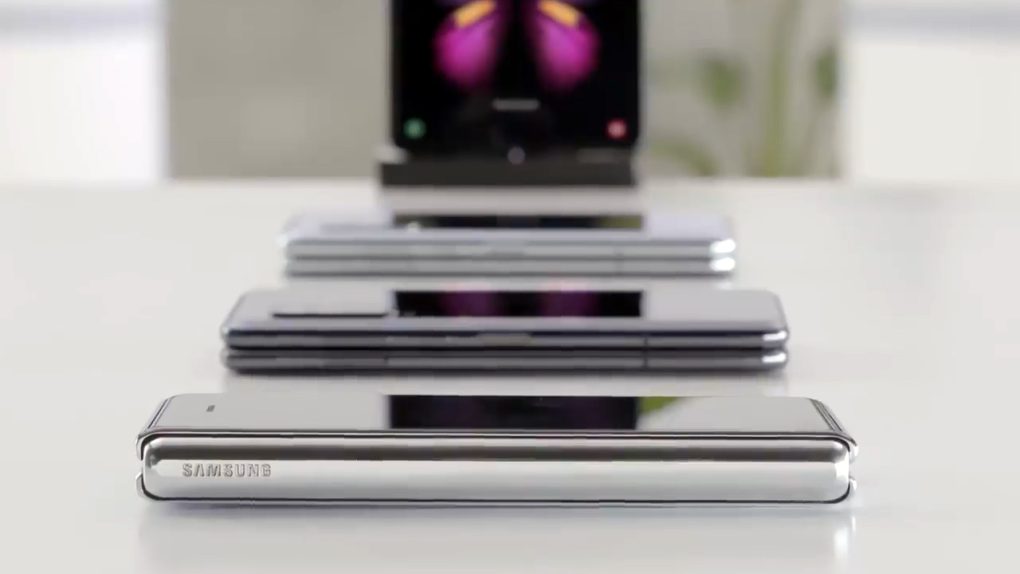Much to everyone’s surprise, Samsung decided to postpone the launch of the first foldable smartphone it has ever made. The company delayed the Galaxy Fold rollout after several reviewers discovered that the foldable screens of their test units started malfunctioning. Samsung is investigating the matter and hasn’t issued out any official explanations, but there are two different theories about what went wrong with the Galaxy Fold’s Infinity Flex screen. Interestingly, one of the theories concerns a brand new smartphone component that Samsung developed for the Fold, and it’s one that other smartphone makers seem to want for themselves.
A teardown of the phone seemed to confirm that tiny gaps on the sides of the phone’s hinge would allow particles of debris to get inside the phone and damage the OLED screen. The other problem that helped reviewers destroy their devices was the screen protector-like film found on top of the screen that was just begging to be peeled off. Samsung claims it warned people not to remove the extra layer, but that warning obviously wasn’t clear enough.
While this protector layer might be to blame for the destruction of Galaxy Fold screens, it turns out that it’s also a piece of tech that others want, according to ETNews. The implementation might not be ideal on the Galaxy Fold, or maybe it’s Samsung’s warning not to remove it that’s not obvious, but the top screen layer is actually an innovation meant to protect the transparent polyimide (PI) plastic screen and replicate the properties of glass.
PI doesn’t feel that great to the touch, and that’s something we’ve heard well before we knew Samsung’s name for the foldable handset. Thus, Samsung developed this new protective film, called HCAF (Hard Coat Anti-Fingerprint) that’s meant to both protect the PI layer against damage and replicate the feeling of glass.
But this HCAF film is so tightly bonded to the PI layers that removing it leads to significant screen damage, to the point where the screen will fail. Early reviewers have already confirmed that’s indeed what happens once you start peeling the layer off.
The problem with it is that it looks exactly like a protective film that often comes pre-applied to Android phones and protects against damage. By leaving the edges of this special layer exposed, Samsung was asking for trouble.
According to ETNews, an unnamed industry official said that the Galaxy Fold’s display, and this HCAF film, aren’t available to other companies just yet, and “late buyers” are interested in it. It’s unclear at this time who these interested parties are, but once Samsung fixes these early Galaxy Fold issues, we might see Samsung Infinity Flex screens on handsets made by its competitors.








